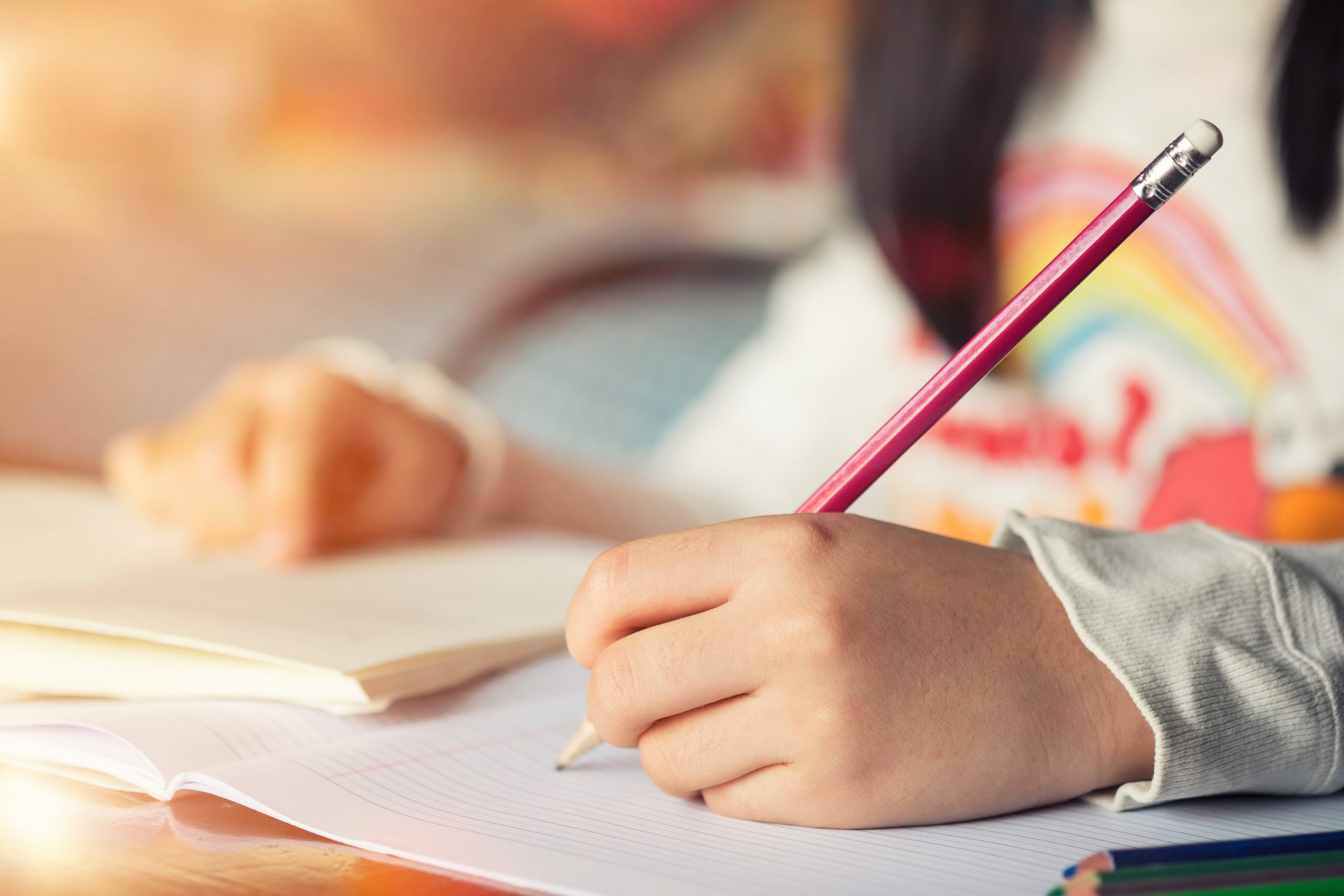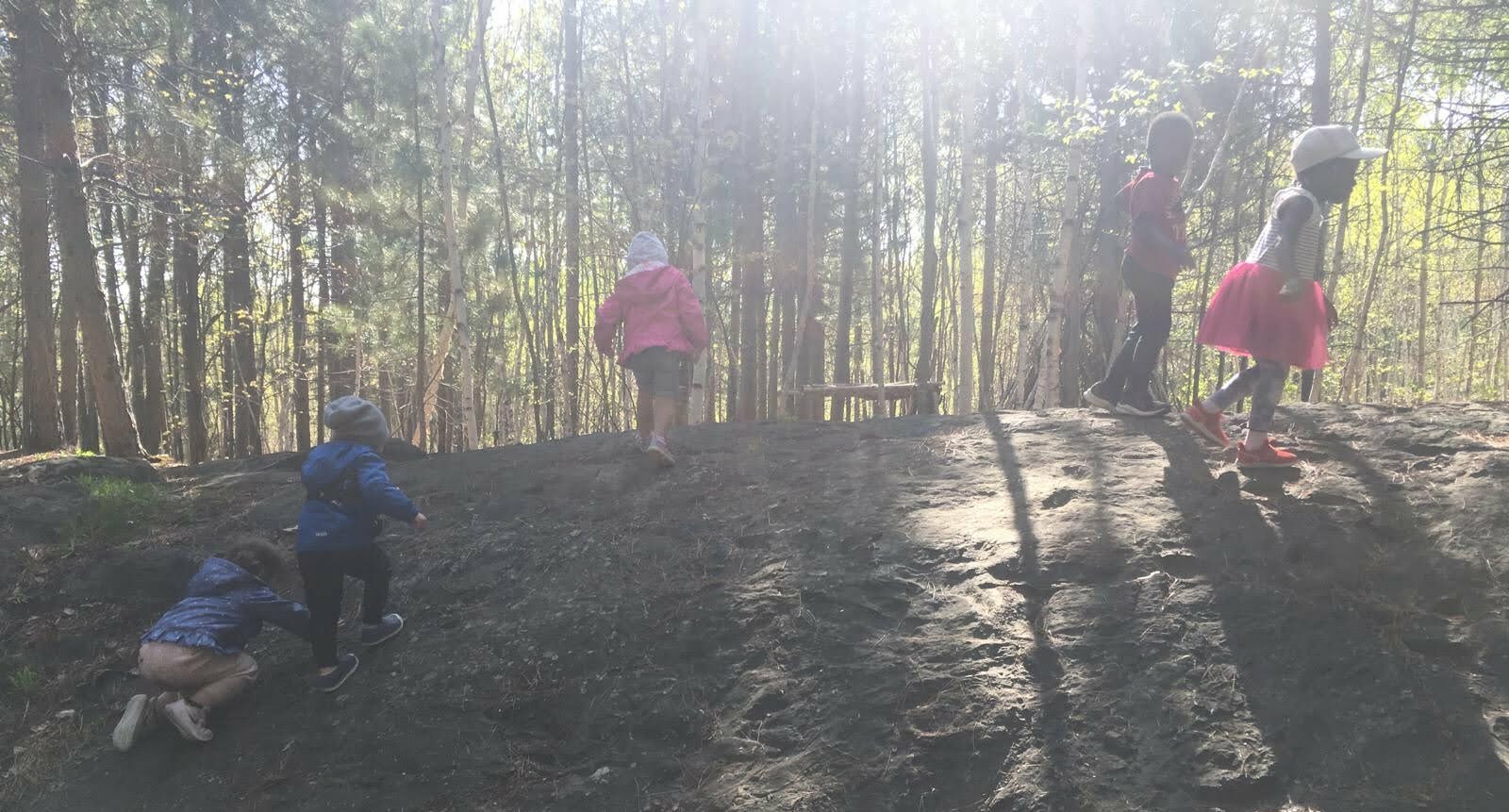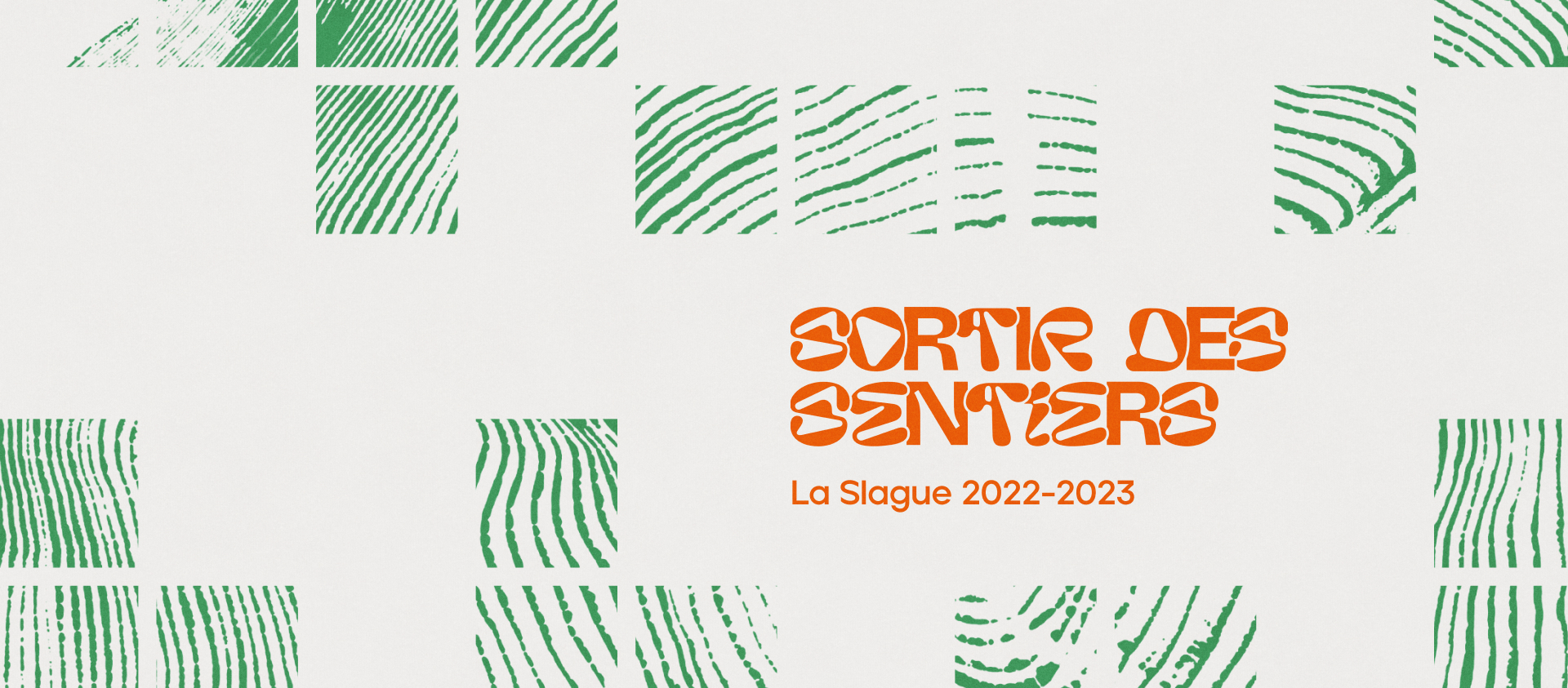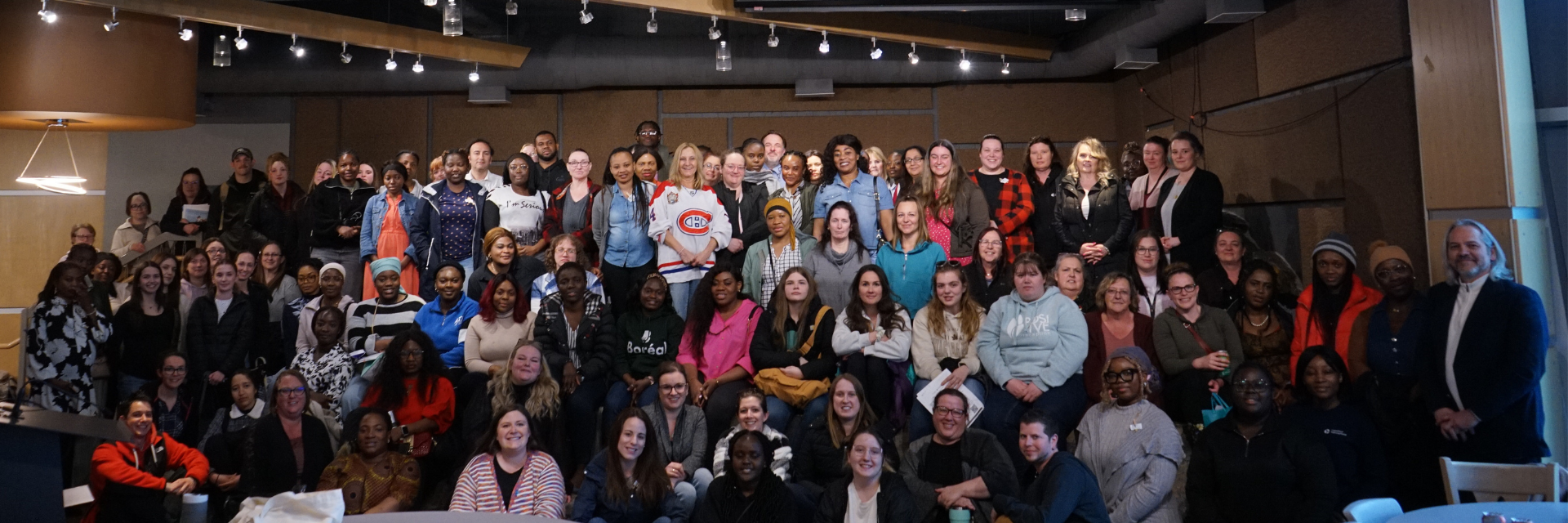Discovering and understanding new things is at the basis of learning. It is one of the best ways to retain and experience new knowledge. That’s why scientific experiments are a great way to learn for any age group.
The scientific experiments that we present to you are simple, fun and can be carried out with material that you surely have at home. So, let’s get going!
Today’s experience is two-fold, so it takes 24 hours. But the results will not disappoint! Usually an egg is a shell, containing with egg white and yolk. If we drop it, it explodes! But is that always true? Find out!
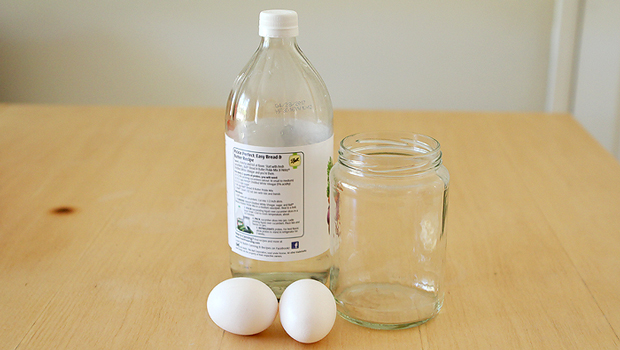
Step 1 : Preparation
You will need :
- a raw egg
- vinegar
- a glass or a glass container

Step 2 : Phase 1 of the experiment
Place the raw egg in the tall glass and cover it with vinegar. From the first seconds, you can observe the start of a chemical reaction. All the sorts of small bubbles will appear.
After about une hour, you can see that the outer layer of the shell is almost completely dissolved but there is still a good solid thickness. But for the final results, you will have to wait 1 day (24 hours) keeping the egg immersed in the vinegar, for the whole shell to be dissolved.

Step 3 : Phase 3 of the experiment
After about 24 hours, you can take the egg out of the vinegar and rinse it gently under water. A membrane allows the egg to keep its shape, but if you look closely you’ll notice the inside of the egg is still liquid. Look at the egg in the light, the yellow moves around within the egg white!
Now you can bounce the egg! Be beware, do not drop it from too high (start at 5 cm) or with too much force, because even if the membrane is resistant, it cannot withstand too big of a shock otherwise it will break.
Amazing, right? Have fun testing the resistance of the membrane by dropping the egg from a little higher every time!
Explication
Simply put, the eggshell dissolves in the vinegar, as if the vinegar turns the eggshell into gas which produces those little bubbles that rise to the surface.
It’s a classic chemical reaction: dissolving a solid into a liquid.
Here, the solid matter is the calcium carbonate that makes up the eggshell. When we bring together calcium carbonate and acetic acid (vinegar), an acid-base reaction takes place which transforms the matter and produces carbon dioxide (the bubbles that are formed).
Diary
We invite you to document today’s activity in your journal. The description can be in the form of a drawing of the experiment and its results… or even by inventing a story related to this activity.
Here are a few questions that might fuel a discussion surrounding this activity:
- If your were a scientist, what would you work on ?
- What would you like to discover or test ? What themes inspire you?
- What do you think your greatest creation would be ?
Did you know...
- … There is a french program for kids that explains scientific phenomena and many other things, in a simple and colorful way? It’s called C’est pas sorcier (It’s not rocket science), and you can find all of the episodes on their Youtube channel. It was Ari Bouclette’s favorite show when she was young!
- … science is what explains everything around us? It applies to different fields such as biology, chemistry, physics or even astronomy or archeology.
- … Archeology is a science that tries to reconstruct the history of humanity, from its origins to the present day? It is concerned with ancient civilizations and the way people lived in the past. Archaeologists conduct excavations to find traces and objects left in the ground by ancient human occupations. They observe and analyze these vestiges which allow them to understand the past.
Furthermore, here are three more easy scientific experiments to try at home!
Activity by Ari Bouclette

